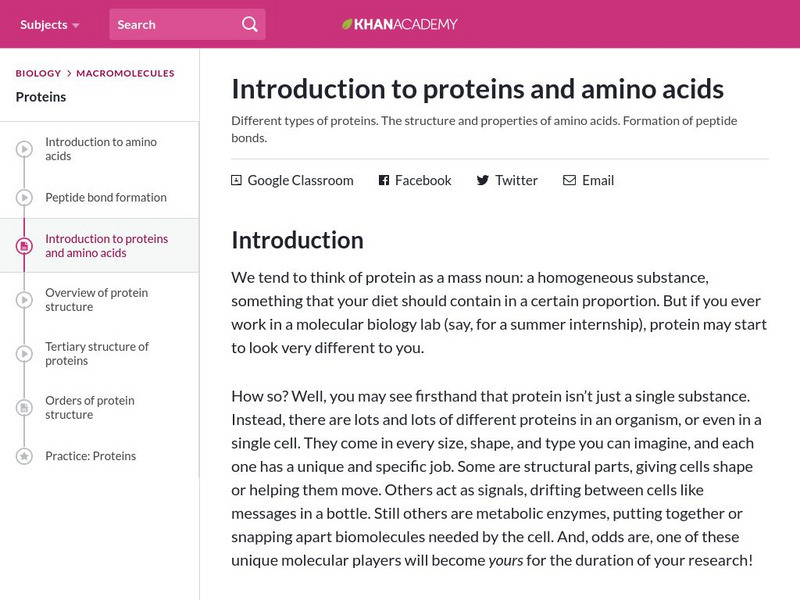Curated OER
CALORIE COUNTDOWN
Students will categorize foods according to their components and energy content.1. Design a large bulletin board with sections for carbohydrates, fats and proteins.
2. Ask students to bring labels and packages of different food products....
Curated OER
Endocrine System
For this endocrine system worksheet, students compare and contrast the glands associated with this body system plus review the four major classes of hormones. This worksheet has 25 fill in the blank statements.
Curated OER
PICKING PEANUTS
Students create sentences, using words printed on pictures of peanuts. They are explained that the peanut is not really a nut, but a legume, related to beans and peas. Students are also told that the first peanuts grew in Brazil. They...
Curated OER
A TOUGH NUT TO CRACK
Based on a set of criteria, learners will evaluate the quality of pecans.1. Bring a gram scale and papershell pecans. Provide five pecans for each student. 2. Divide the class into groups of five and provide each member with five pecans....
Curated OER
Build a Burger
Students read about hamburgers and analyze a healthy diet as well as the importance of nutrition. In this nutrition education lesson plan, students read the background information about hamburgers and their nutrition facts. Students...
Curated OER
Elements Found in Living Things
In this elements worksheet, students review the most common elements found in living things. Students color in two pictures with the percentages of the elements found in that living thing.
Curated OER
Enzymes in Action: An Inquiry Approach to the Effects of Enzymes
Students experiment with enzymes as key components of chemical reactions in all living things through this series of lessons.
Khan Academy
Khan Academy: Biology: Macromolecules: Introduction to Proteins and Amino Acids
Learn the basics of peptide bonds and how different amino acids combine to form different proteins. Also discussed is the difference in function and structure of proteins.
Ducksters
Ducksters: Biology for Kids: Proteins and Amino Acids
Study proteins and amino acids in the science of biology including how they are made using DNA, transcription, and translation and different types of proteins on this site.
Encyclopedia of Earth
Encyclopedia of Earth: Evolutionary Biology: Amino Acid
A discussion of the structure and types of amino acids, and of how they combine to form proteins. (Published: October 16, 2010)
CK-12 Foundation
Ck 12: Amino Acids and Proteins
[Free Registration/Login may be required to access all resource tools.] In this module, students investigate amino acids, peptide bonds, and proteins. They also have the opportnity to discover the effect of an enzyme on a biochemical...
Utah Education Network
Uen: Amino Acids
Lesson explores scientific principles in using eggs as a highly nutritious and versatile food source of protein.
Concord Consortium
Concord Consortium: Science of Atoms and Molecules: Nucleic Acids and Proteins
Through this activity, students work with macromolecules, proteins and nucleic acids. The focus is on the atomic structure of proteins, how linear polymers are made, and the surface charges of the resulting polymers. . Multiple-choice...
Other
Institute of Chemistry: Amino Acids
Clickable list of links to descriptions and models of 20 amino acids, including classification and structure.
University of Arizona
The Biology Project: The Chemistry of Amino Acids
A great site for understanding Amino Acids, the building blocks for protein. Besides a very complete summary, the site includes a complete list of amino acids, a link to basic amino acid structure, a list if atoms in amino acids, and...
Other
Virtual Chembook: Characteristics and Properties of Amino Acids
Each amino acid has at least one amine and one acid functional group as the name implies. The different properties result from variations in the structures of different R groups. The R group is often referred to as the amino acid side...
Chem4kids
Chem4 Kids: Twenty Amino Acids
Humans need amino acids to exist. Click on each of the necessary twenty listed to see their molecular structures and learn what type they are.
Ohio State University
Ohio State University: Proteins and Nucleic Acids
This information can be used for exam review or as an introduction. It presents a good overview of the topics with charts, graphs, links, and a quiz.
National Health Museum
Nhm: Amino Acid Sequences Show Evolution
This lesson plan focuses on differences in the amino acid sequence of hemoglobin and myoglobin proteins. They use the number of differences to create a phylogenetic tree.
University of Maryland
Univ. Of Maryland: Master of Chemical and Life Sciences: Dna Bracelets [Pdf]
Using a bead-bracelet simulation, construct a sequence of amino acids. Then, discover the effects of silent, point, and frameshift mutations.
OpenStax
Open Stax: Anatomy & Physiology: Protein Metabolism
Students will learn how the body digests proteins, and will explain how protein can be used for energy.
Concord Consortium
Concord Consortium: Exploring Protein 3 D Structure
Build proteins from amino acid components. View the components of a protein (elements, amino acids) in different colors and zoom into several amino acids to understand how they link together to make a larger structure.

















